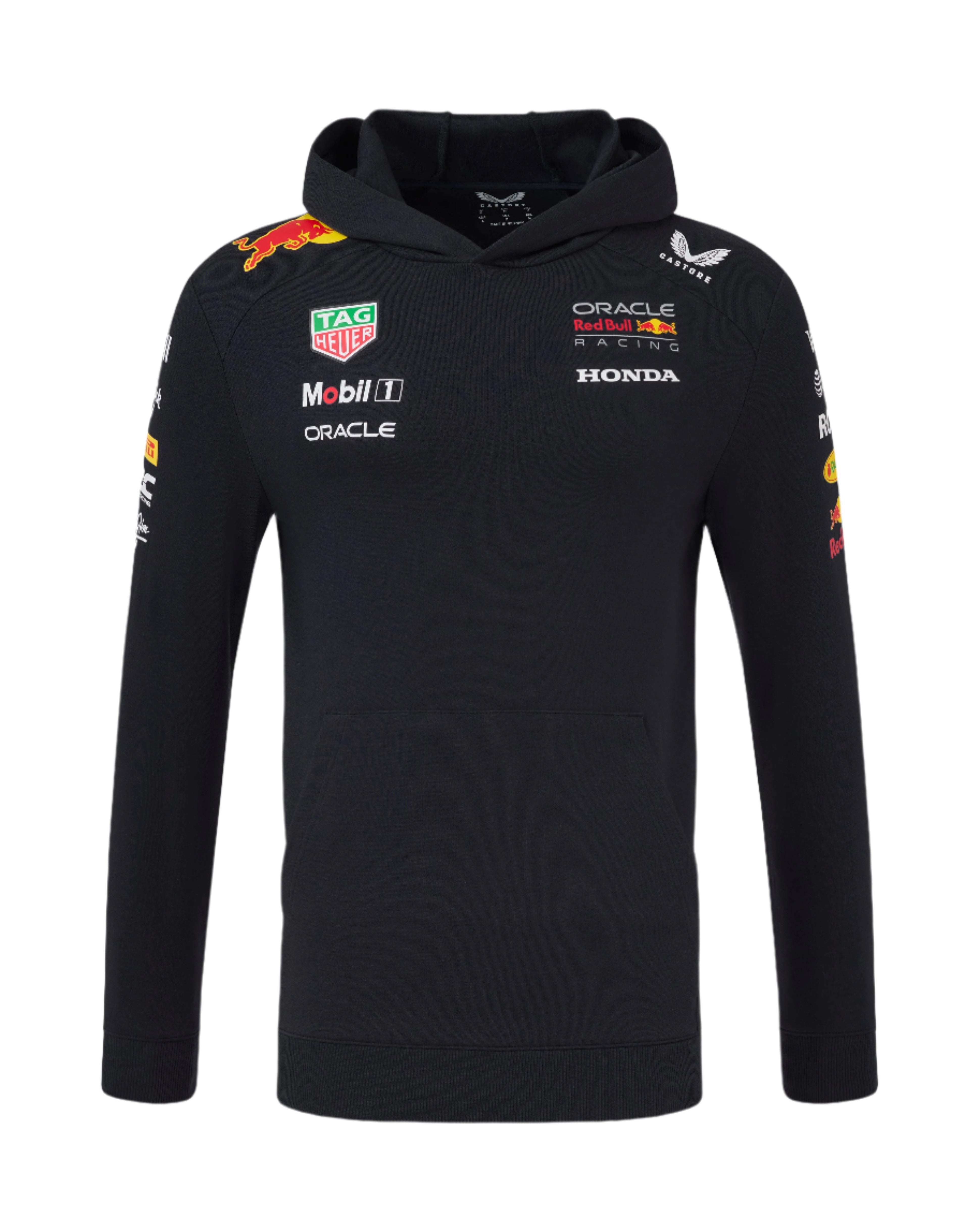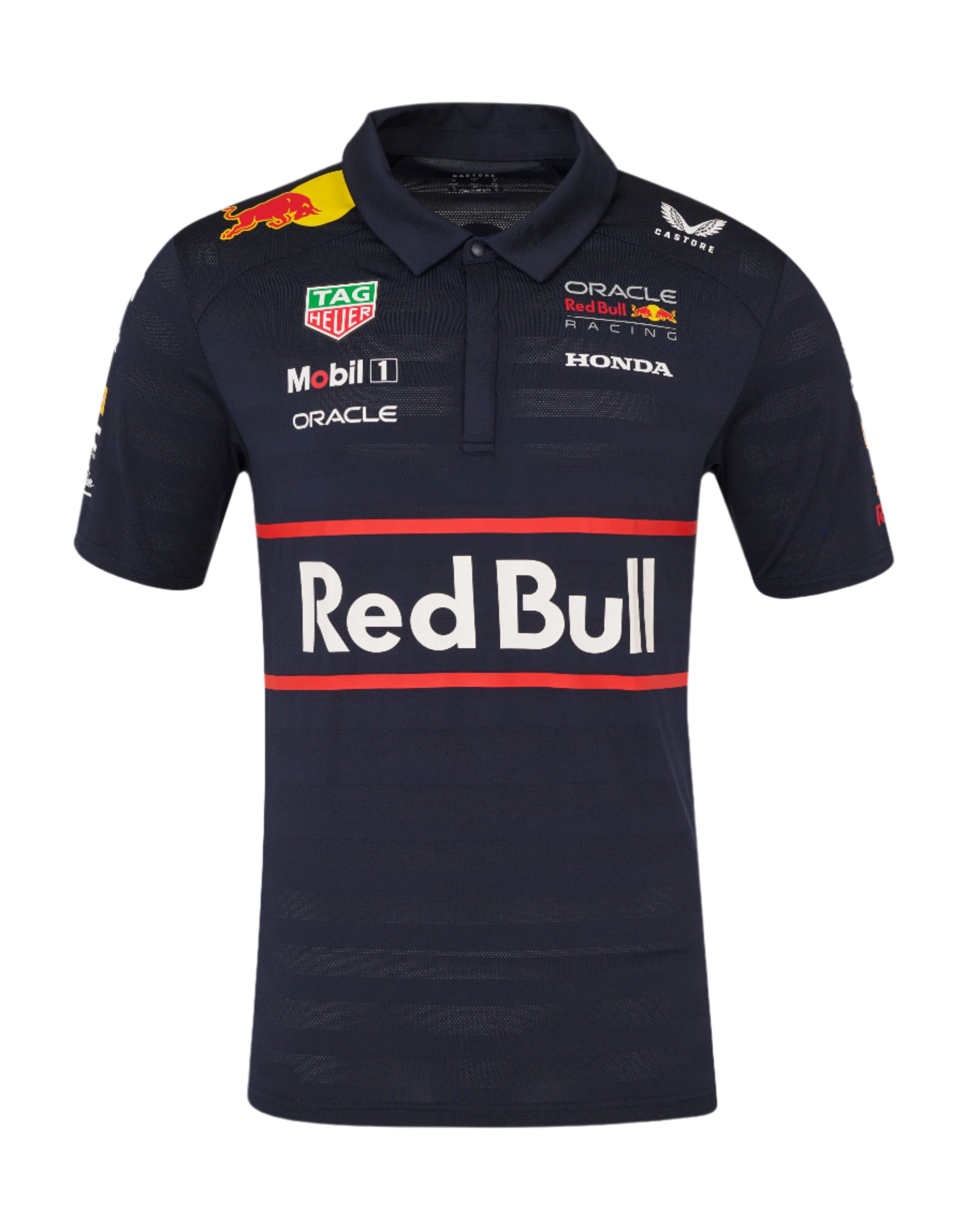Hamilton’s Blueprint, Ferrari’s Blind Spot

Ferrari’s 2025 Formula 1 campaign is stalled in a dangerous kind of mediocrity...the kind where the raw ingredients for success are all present, but the execution keeps falling flat. On paper, the team has everything. The most iconic brand in motorsports. A reigning pole-sitter in Charles Leclerc. The most decorated active driver in history in Lewis Hamilton. And yet, halfway through the season, they’re slipping down the constructors’ order while McLaren, Mercedes, and even Aston Martin sharpen their knives for 2026. It’s not about pace anymore. It’s about purpose.
Let’s start with what’s working. Lewis Hamilton’s arrival wasn’t just about headlines. Ferrari brought him in to inject direction into a team that’s spent the last five seasons trying to balance engineering evolution with sponsor appeasement and PR optics. And Hamilton has delivered. According to multiple reports, including from Motorsport.com and Motorsport Week, Ferrari has already begun reshaping the 2026 car around Hamilton’s feedback. They’ve started adjusting cockpit positioning, refining steering software to mirror the responsiveness Hamilton preferred at Mercedes, and rethinking suspension geometry. This isn’t some symbolic gesture, they’re literally reshaping the architecture of the next era’s Ferrari around his driving DNA. That’s the smartest thing Maranello has done since they signed him.
Hamilton, for his part, has been clear: Fred Vasseur is the reason he joined Ferrari. The two share a trust that dates back to their days in junior categories, and Hamilton has gone out of his way in press conferences to publicly back Vasseur’s leadership, even amid rumors of Christian Horner looming in the background. In a paddock full of whispers, Hamilton’s support for Vasseur has been a rare moment of clarity. He’s not lobbying for a regime change. He’s trying to build something.
And yet, as always with Ferrari, the ghost of politics haunts progress.
Reports began surfacing after the Miami Grand Prix that Ferrari had reached out, informally, to Christian Horner during his period of limbo following his ugly saga at Red Bull. Whether those talks were exploratory or leverage plays is irrelevant. What matters is the signal it sent. While Hamilton and Vasseur are trying to chart a course for the future, senior figures at Ferrari seem preoccupied with the optics of bringing in a known winner, regardless of what it could do to the internal ecosystem.
Let’s be blunt: Christian Horner at Ferrari would be a disaster. Not because he’s incapable. His resume is bulletproof. But his arrival would detonate the fragile dynamic that’s actually working inside the Scuderia. Hamilton doesn’t trust Horner...never has. Their relationship cratered during the 2021 title fight, and Horner’s passive-aggressive digs in the media haven’t helped. If Ferrari were to bring Horner in above Vasseur, they’d be effectively telling Hamilton: “We don’t care what you’re building. We’re chasing a shortcut.”
That’s the kind of thinking that’s kept Ferrari stuck in a two-decade holding pattern. Always chasing the next fix. Always betting on image over identity.
The irony is that this season could’ve been something different. The car isn’t a dog. Leclerc put it on pole in Bahrain. The raw pace is there. But they’ve continued to make baffling strategic calls, hesitating in pit stop windows, communicating poorly during VSCs, and once again failing to deliver clarity to the drivers when it matters most. And then there’s the livery. What should’ve been a celebration of Ferrari heritage became a branding compromise, complete with HP logos slapped across a dulled-out red that alienated purists and distracted the drivers. Yes, drivers. Plural. Reports from ESPN and The Race suggest both Leclerc and Hamilton privately complained about decal placement interfering with visibility. When the paint job becomes a performance issue, you've officially lost the plot.
Still, there’s a version of this story that ends well.
If Ferrari commits to what they’ve started, empowering Hamilton, trusting Vasseur, and designing a car for racing rather than for lifestyle photo ops, they can make 2026 their redemption arc. The groundwork is there. Hamilton is already working closely with engineers on next year’s platform. The team is moving back toward a driver-first development model, and Leclerc, while visibly frustrated this year, still shows flashes of brilliance when given a clear track and consistent instructions. There’s still a world in which Ferrari builds not just a car, but a culture.
But they have to choose.
They can’t have Hamilton’s brain and Horner’s ego under one roof. They can’t keep making race-day decisions through the lens of sponsor deliverables. And they sure as hell can’t keep swapping out leadership every time the tifosi get restless. Stability is not a luxury. It’s a necessity.
Ferrari doesn’t need a revolution. It needs restraint. Patience. And the humility to recognize that the answers are already in the building. They're wearing fireproof suits, staring into telemetry, and asking, again and again, for the team to listen.
If Ferrari finally does, maybe this time they’ll stop tripping over their own history long enough to make some.
-Rudy Falco
About the author:
When he’s not running the e-commerce engine at CMC Motorsports, Rudy Falco is obsessively breaking down race data, paddock politics, and tire strategy. With over 20 years in digital commerce and a lifelong obsession with motorsports, he brings a sharp, analytical lens to the modern F1 landscape.
Editorial Disclaimer:
The views expressed in this editorial are those of the author and do not necessarily reflect the opinions of CMC Motorsports, any official Formula 1 organization, team, or affiliate. This piece is intended as commentary and analysis, based on available reporting and observed industry trends. All information is accurate to the best of the author’s knowledge at the time of publication.











